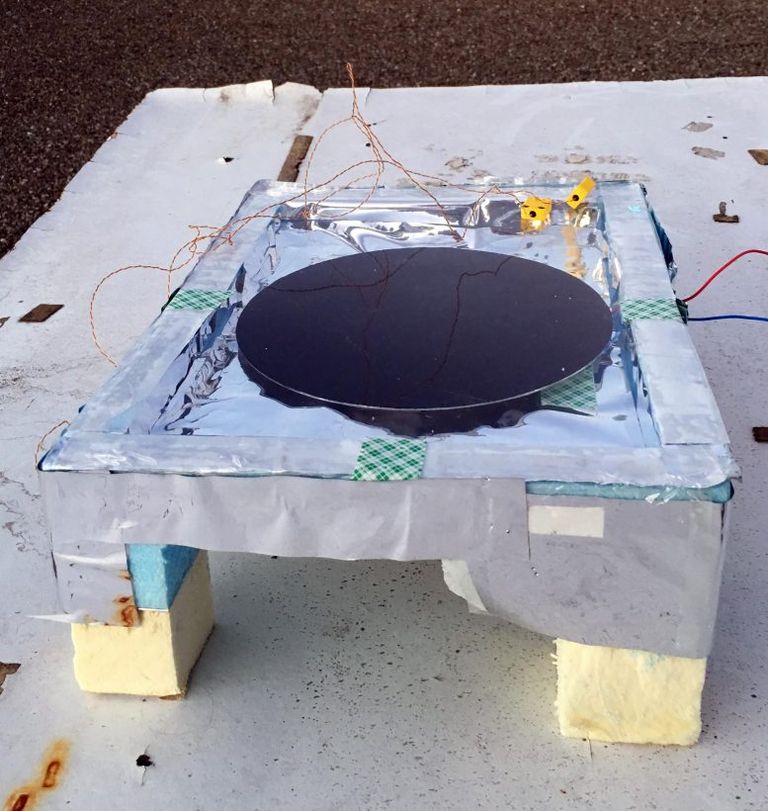Radiative Sky Cooling
Scientists have discovered a way to produce low-cost, stable electricity all across the globe using radiative sky cooling. The temperature of Earth’s surface releases heatwaves, which after rising above, converts into the cooler air, the cooling air eventually reaches the cold upper atmosphere of space, and it is the same process through which researchers are claiming to create enough energy for everyone.
This is a natural effect that occurs all the time; just the right utilization of it can solve the energy crisis for millions.
Radiative sky cooling occurs wherever there are ground and sky, which means anywhere open-air! A surface facing the sky will eventually eject some of its heat, causing thermal radiation.
Converting Heat Waves Into Electricity
The air of Earth’s atmosphere doesn’t have as stable a temperature as the ground. The difference in temperatures is used as an advantage with the help of unique technology, built by the researchers. The new technology captures the heat from the surrounding air, converting it into electricity.
To prove that their technology could provide renewable electricity at a low cost, the researchers built a concept device that only cost them around $30, respectively, confirming the novel method is the cheapest of all electricity-producing ways ever discovered.
While testing the system, the scientists used a rooftop under clear-sky conditions. They brought out an aluminum disk painted black on one side, which faced the sky. The team then used the black disk to radiate the heat being given off by the surrounding air. A thermoelectric generator, which produces an electric voltage in response to a temperature difference, converted the heat into electricity.

As a result, the team generated 25 milliwatts per square meter, which could power a single LED light bulb. These black disks in contrary to solar panels, work best in the night. The researchers estimate that it could generate 0.5 watts per square meter.
One of the researchers says, “We think this is an intriguing demonstration of how the cold of space can be accessed as a renewable energy resource and result in modest yet usable amounts of electricity.” This new technology can operate at hours when solar cells cannot.”


